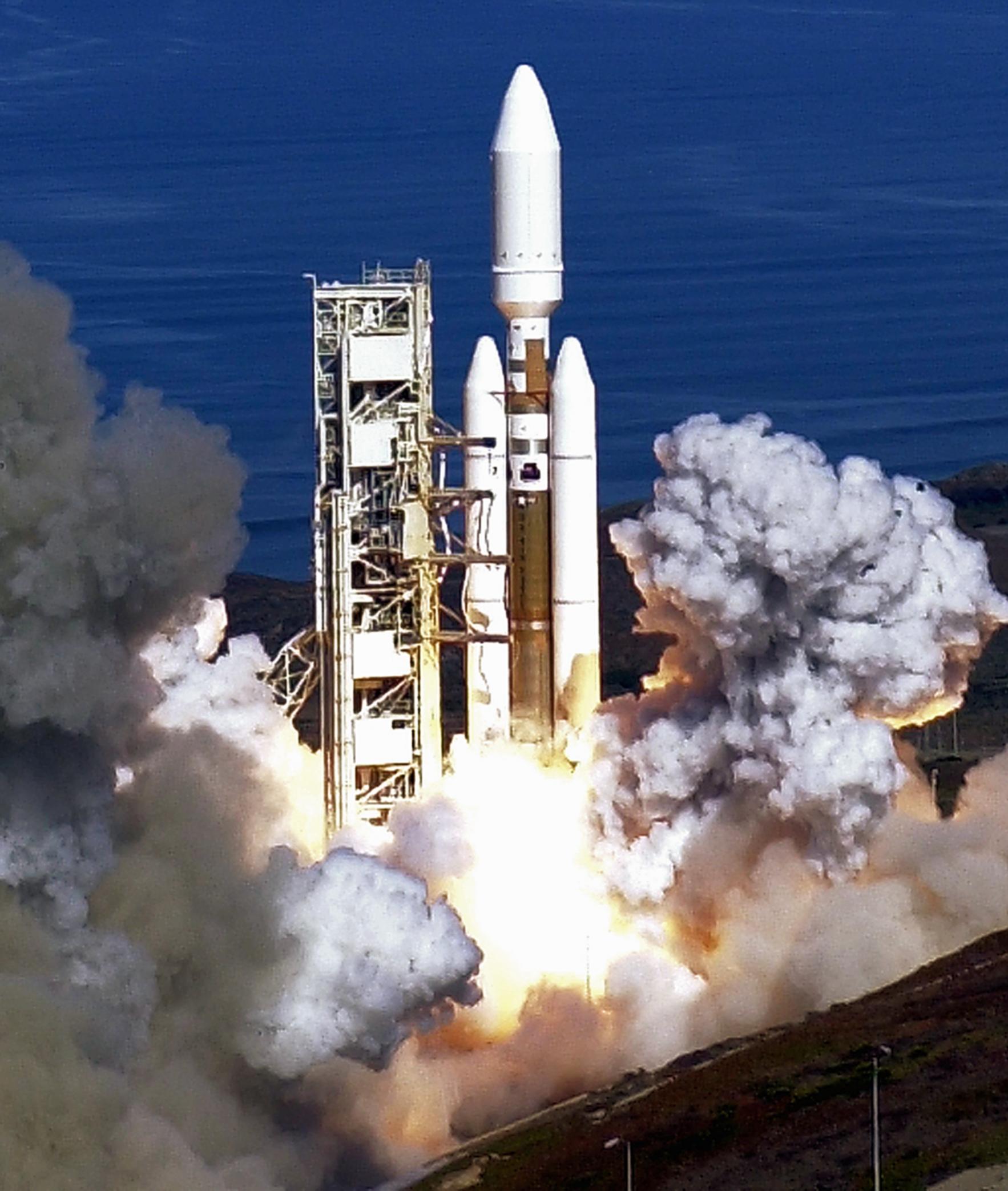Sixty-five years ago today — September 20, 1945 — “Operation Paperclip” brought Dr. Wernher von Braun and six other German scientists to the United States.
The first seven technicians arrived in the United States at New Castle Army Air Base, just south of Wilmington, Delaware, on September 20, 1945. They were then flown to Boston and taken by boat to the Army Intelligence Service post at Fort Strong in Boston Harbor. Later, with the exception of von Braun, the men were transferred to Aberdeen Proving Ground in Maryland to sort out the Peenemünde documents. These would be the documents that would enable the scientists to continue their rocketry experiments.
Finally, von Braun and his remaining Peenemünde staff were transferred to their new home at Fort Bliss, Texas, a large Army installation just north of El Paso. Whilst there they trained military, industrial and university personnel in the intricacies of rockets and guided missiles and helped to refurbish, assemble and launch a number of V-2s that had been shipped from Germany to the White Sands Proving Grounds in New Mexico.
(From this article on Operation Paperclip.)
This Wikipedia article also mentions September 1945, though it locates Fort Strong in New York instead of Boston Harbor; in contrast, this article states that the first scientists did not come to the U.S. until November 18th.
But come to the U.S. they did, and they helped us win the space race. As Dan Berlinrut, one of my USAF colleagues, put it many years ago, we beat the Soviets to the Moon “because our Germans were better than their Germans.”
However, their Germans were very good — and the Russian rocket scientists were no slouches themselves. We see whose launch systems are being abandoned and whose continue to operate, don’t we?
We ran the space race as a sprint, but it’s really a marathon. Will we decide to run a different race, or will we continue to lag?
[BREAK, BREAK]
I missed a space anniversary yesterday: 50 years ago yesterday, on September 19, 1960, NASA launched an Argo D-8 rocket from Vandenberg AFB carrying the “Nuclear Emulsion Recovery Vehicle.” As stated on this history page, the suborbital launch “reached an altitude of 1,260 miles before landing 1,300 miles downrange where it was picked up by U.S. Navy ships. It was the first manmade object to travel to such an altitude in space and be recovered upon its return to Earth.” (It was also NASA’s first launch from Vandy.)



 by
by 

















